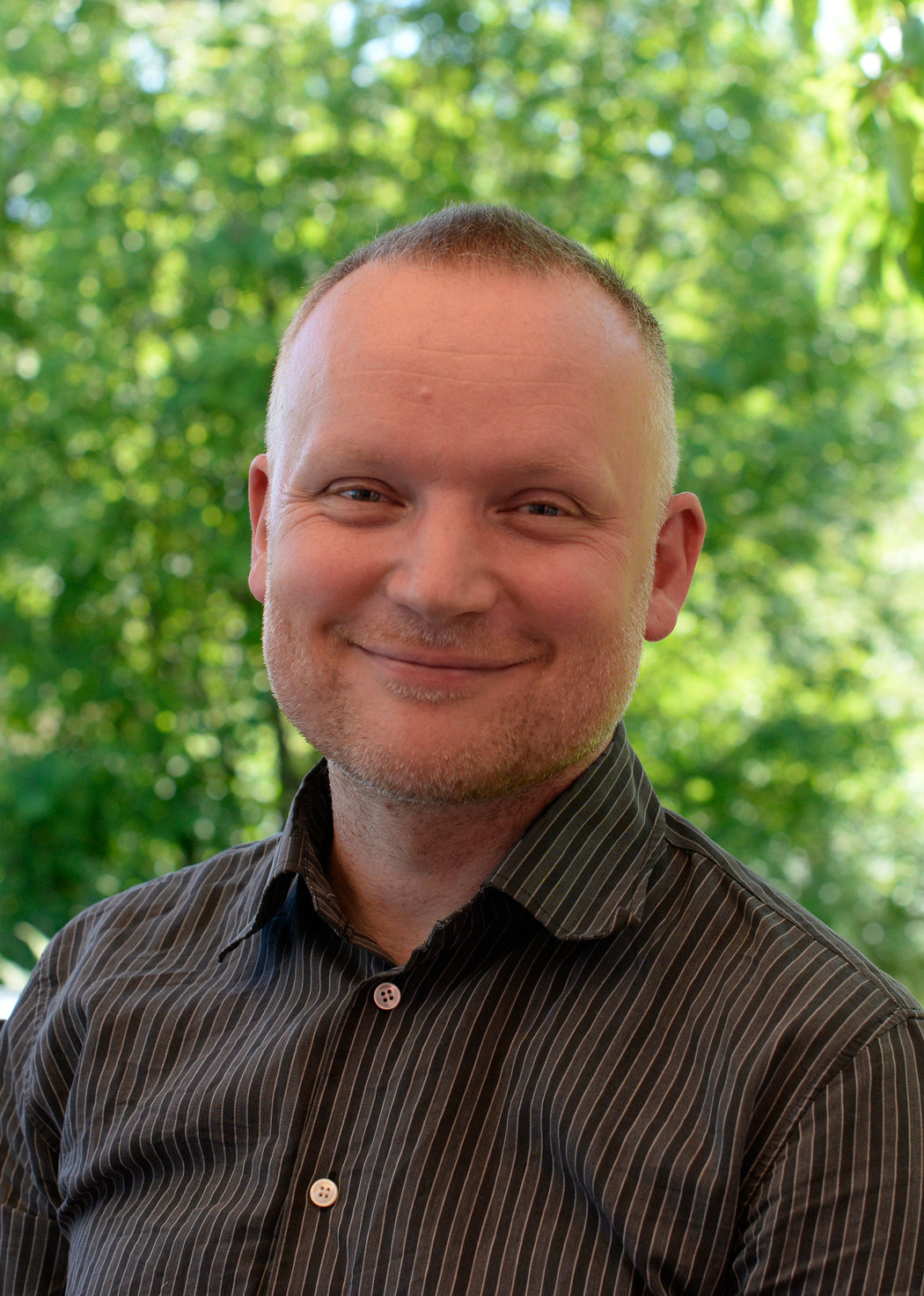Wild. On the Trail of the Red Fox
Reven. Portrett av et villdyr
If you look into the amber eyes of the fox, you’ll discover that the pupils are vertical slits, like those of a cat. There’s a clue about the nature of the fox right there: a cat’s eyes in a slender canine body. The fox lives close to people, both in the city and in the country, but it is often shy and secretive. In Wild, Andreas Tjernshaugen shares his experiences from two years of watching foxes in a rural area near his home outside Oslo, Norway, where they are hunted and typically shun people. He also sees foxes closer to the city, where the interaction between them and people can be quite different. Based on these observations as well as deep dives into the scientific literature, the author offers a view into the life of the fox: How it catches voles, birds and deer calves, how it raises its cubs and how it courts and escapes danger. The fox is portrayed as a curious, playful and extremely adaptable being. It is a caring parent, but also a fierce predator and a truly wild animal — in some ways “wilder than other wildlife”, as Tjernshaugen concludes.
- The book also delves into the cultural history of the fox, and compares fictional foxes with the real ones. The Scandinavian children’s tales and songs about “Mikkel Fox” that the author grew up with, turn out to be parts of a rich European tradition: from the cunning fox of Aesop’s fables through the literary fox character variously called Renart, Reynard and Reyneke in other languages. People have interacted with real foxes in dramatically different ways across Europe; fighting fox-borne rabies, recent conflicts over fox hunting, and attempts to save the smaller Arctic Fox from its larger, red cousin.

